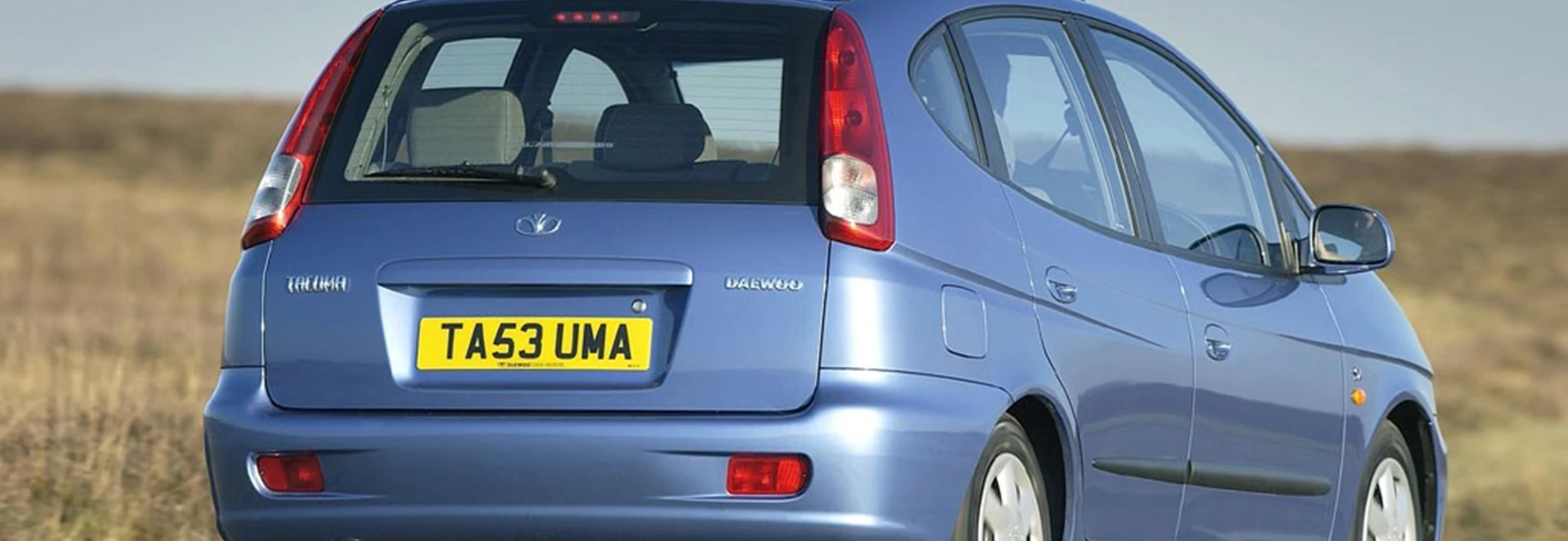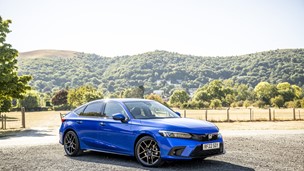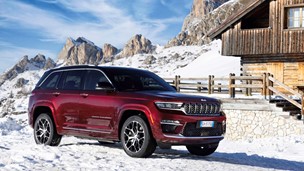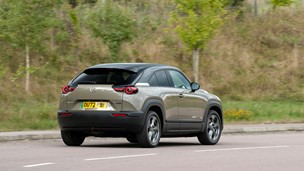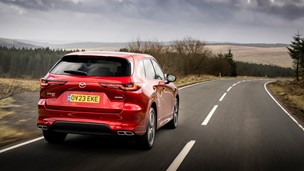In an index of desirability, different models of Daewoo would be scattered around like buckshot. Leaving out the ex-SsangYong 4x4s, the Matiz is a very well-designed city car, the Leganza is a smart executive saloon now available at a remarkably low price, the Lanos is a budget car and nothing more, while the Nubira - well, if you owned an Astra in the 1980s, you know what the Nubira offers.
The lesson, really, is that Daewoo is at its best with cars which aren't carry-overs. And the Tacuma is one of those - a carefully thought-out compact MPV, on its own platform, which like so many of the company's products seems to have had that well known conglomerate U T Cobb Lee involved in the design and development.
Pininfarina looked after the exterior styling, Italdesign and Daewoo's in-house Korean studio did the interior, GM's Holden subsidiary in Australia provided the engines, while Porsche (in its contractor mode) and Delphi helped with the test programmes, which included hiring both MIRA and Millbrook in the UK. How many continents is that, let alone individual countries?
It could all have ended up an unco-ordinated mess, but it didn't. If you ignore the front grille, rarely a Daewoo styling strong point because the company doesn't give its collaborators a free hand there, the Tacuma is a sleek-looking mini-MPV. There's a coherent styling approach some Korean cars utterly lack.
Commissioning two different outfits to look after the interior design may seem like one too many, but the Tacuma has a neatly presented and well thought-out cabin which isn't over-festooned with hooks and hangers. It does have a sunglasses case in the rooflining, though, and the CDX provides two power sockets, one in the central console and another in the boot.
The Tacuma is also good on concealed stowage areas, with deepish, pull-forward drawers under both front seats and a pair of under-floor containers in the rear, concealed by their carpeted lids. There's masses of luggage space too, under a solid security cover.
What most people want from a mini-MPV, however, is adaptable passenger accommodation. The Tacuma is right on the ball here, with a high roofline and generous rear legroom.
The front passenger seat swivels round to face the back when picnics are being committed. And the central rear seat can be moved forward a little, then have its back folded forward to reveal a tray or work desk. There are aircraft-style pull-down trays behind both of the front seats, too.
Extra-cost options not fitted to the test car include things like satellite navigation and a Sony PlayStation system with a roof-mounted screen. Internet access and an e-mail facility will be added later.
Like all the cars in its class, the Tacuma has a high seating position offering easy access and exit. There's plenty of window area, and the centre rear headrest hardly gets in the way of the driver's rearward view. Of course, it can be folded down, with its seat, if you want even better vision.
Panel fit and finish, and general fascia design, are much better than in many Pacific Rim cars. On the outside, metallic finish is a no-cost option.
Like all Daewoos, the Tacuma, even in the top CDX specification, is very keenly priced. The initial cost includes the usual free servicing for three years/60,000 miles - the same duration as the mechanical warranty - with collection for regular service by the Daewoo supplier outlet, and a free courtesy car.
On the road and going briskly, the Tacuma isn't quite as flowing in handling and ride as the best French cars of this kind, but it's a smooth enough runner. While the entry-level SE at £1000 less uses a 1.8-litre engine, the CDX two-litre is a re-tuned version of the basically Holden twin-cam 16-valve unit also available in the Nubira and Leganza.
For the Tacuma, which might often be run quite heavily laden, it's tuned for less top-end power but more torque. This isn't a state of the art engine, but it does its job well enough. Assuming everything goes smoothly on the Daewoo ownership front, a diesel engine will join the range in the autumn.
Looking at the CDX, it has to be remembered that no other mini-MPV manufacturer offers a two-litre car at anything like the price. And, while estimates of the Tacuma's likely residual value after a couple of years (often the Daewoo weak spot) are just guesswork so far, all the servicing costs are built in.
Second opinion: This is all very well - and one must always remember that people buy Daewoos for the initial deal and subsequent service, not for the quality of the cars - but I was terribly disappointed by how awkward the Tacuma was to drive. The front dampers, in particular, seem to have been chosen because they happened to be the correct length rather than because they actually do their job properly. Even short journeys at very moderate speeds were uncomfortable. For almost no extra expense the Tacuma could be far better than it is, and I'm afraid this seems to provide yet more evidence that Daewoo rarely considers the quality of its product to be of any real importance. David Finlay.
